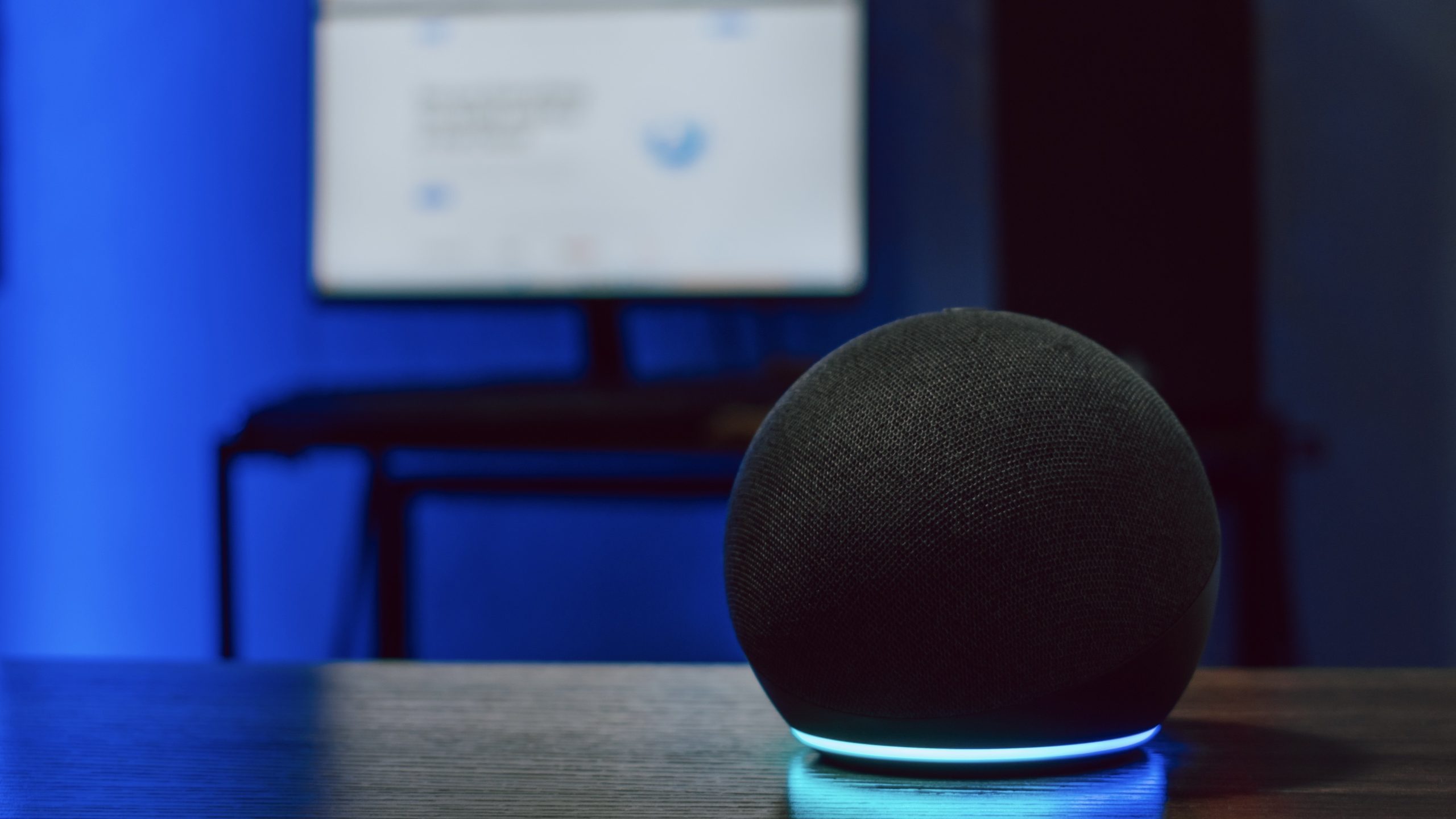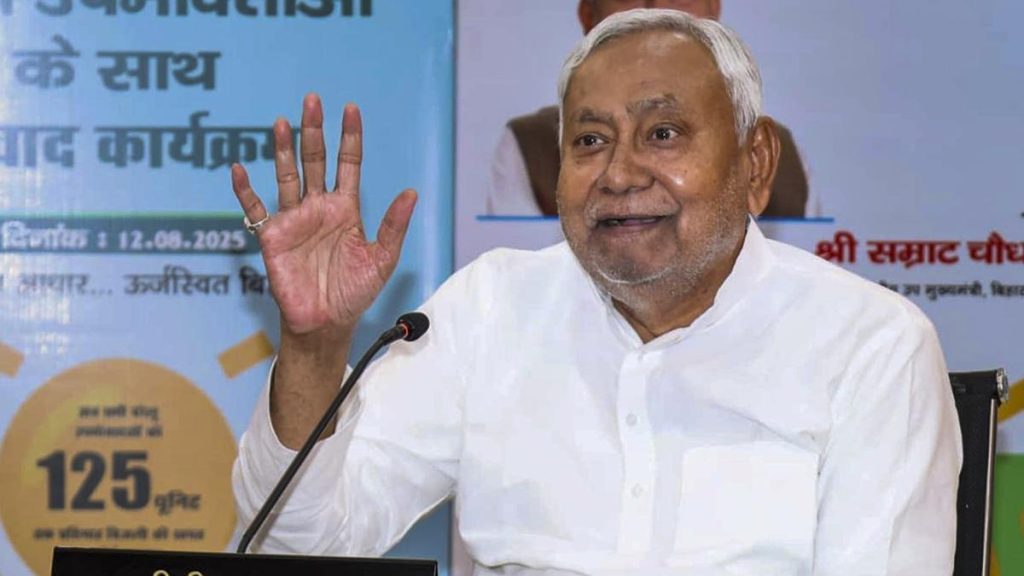Now Reading: Smart Home Tech: 5 Essential Privacy Tips
-
01
Smart Home Tech: 5 Essential Privacy Tips
Smart Home Tech: 5 Essential Privacy Tips

Swift Summary
- Smart homes offer enhanced control, automation, and security but raise significant privacy concerns.
- Smart devices can expose personal data through network vulnerabilities or direct manufacturer tracking.
- Strategies to mitigate privacy risks include:
– Opting for fewer smart devices and only using essential ones.
– Researching before purchasing smart devices and avoiding cheap alternatives prone to data breaches.
– Securing networks via strong encryption (WPA3 recommended) and separate guest networks for devices.
– Using distinct passwords for device apps with two-factor authentication enabled where possible.
- Adjust the privacy settings of individual devices:
– Disable unused features like voice commands or mobile location tracking if needless.
– Turn off personalized ads, audio recordings, or invasive data collection features if available in device settings.
- Regularly check for updates on firmware/software from the manufacturer; enable automatic updates to maintain security.
- Ensure physical security of internal/external smart home devices against tampering; safeguard controlling tablets/smartphones as a critical point of access.

Credit: Urbano Creativo/Shutterstock
Indian Opinion Analysis
Smart home technology is becoming increasingly popular globally, including in India where rapid urbanization and tech adoption are fostering interest in IoT-enabled living spaces. Yet this technology poses substantive challenges concerning user privacy-a concern especially relevant given India’s ongoing debates around digital rights and tech regulations.
The measures suggested-like securing networks with strong encryption protocols and adjusting individual device privacy settings-could guide Indian consumers toward safer use of these innovations while minimizing vulnerabilities. Though,low awareness regarding digital security among general users coupled with the cost-prohibitive nature of high-quality smart-home products might hinder widespread implementation locally.
As internet penetration continues to expand across urban centers paired with growth in India’s middle class over time, balancing ease-of-use technologies while safeguarding personal details will be increasingly crucial-not just at an individual level but also as part broader policy frameworks addressing consumer protection from unregulated corporate data misuse prevalent industries gcharging relying mass-surveillance loopholes Read More:** https如何


























